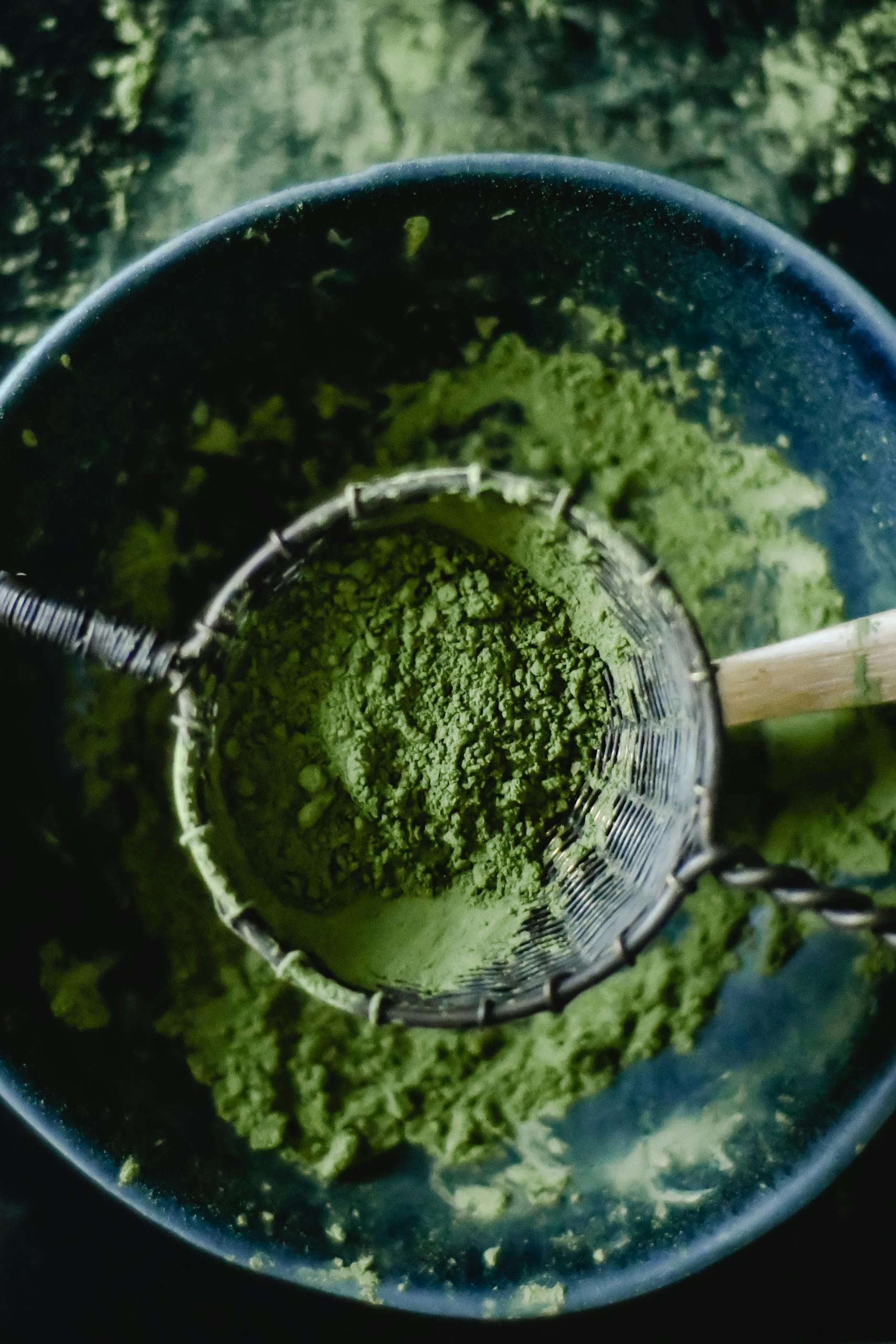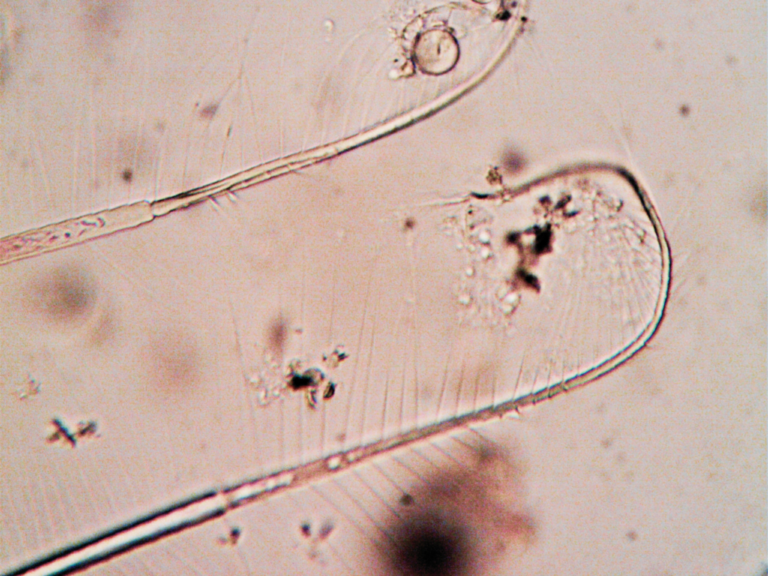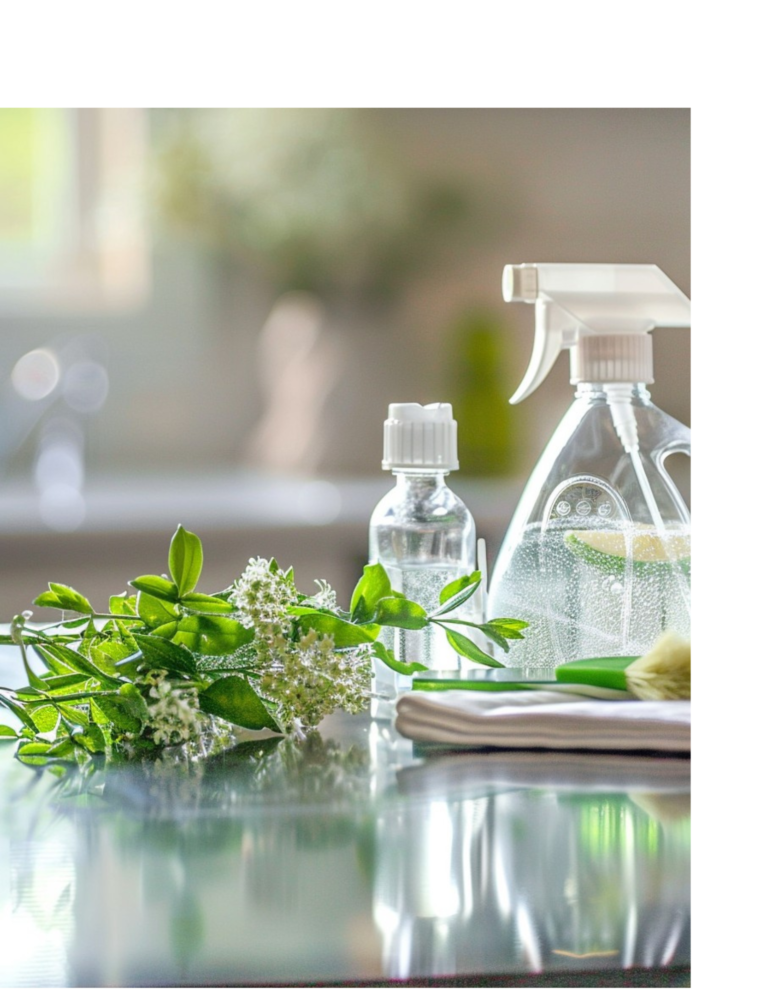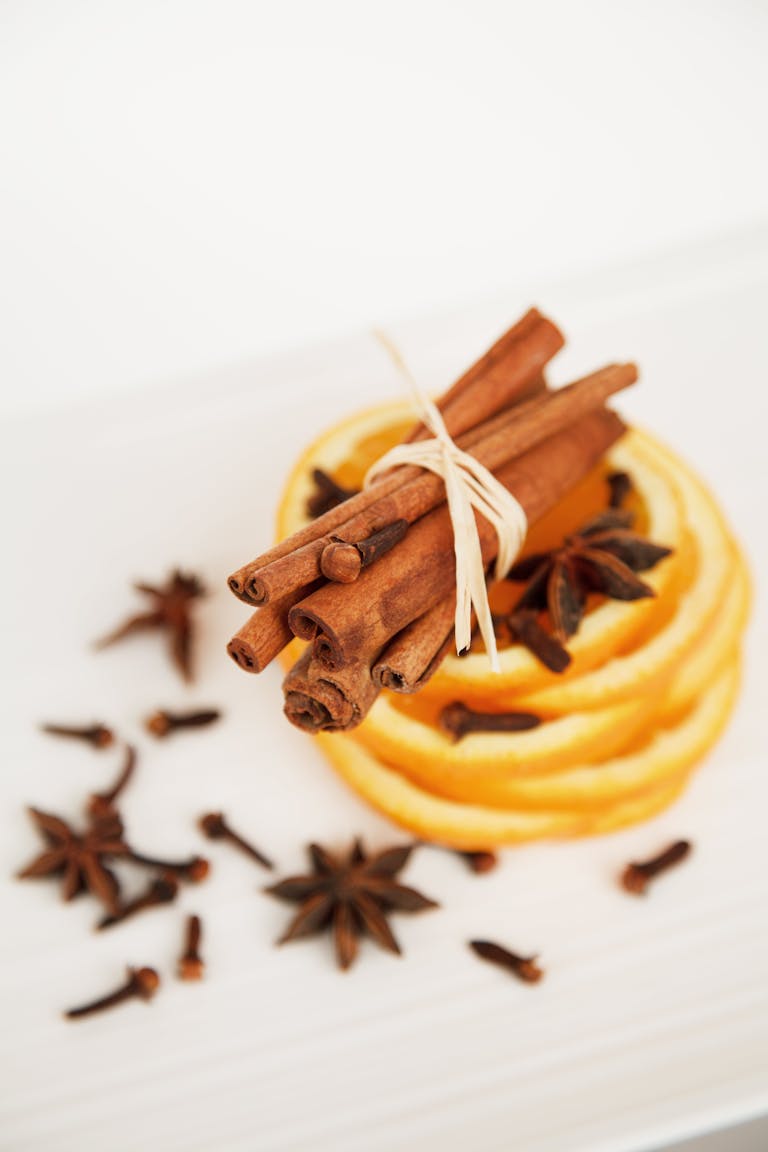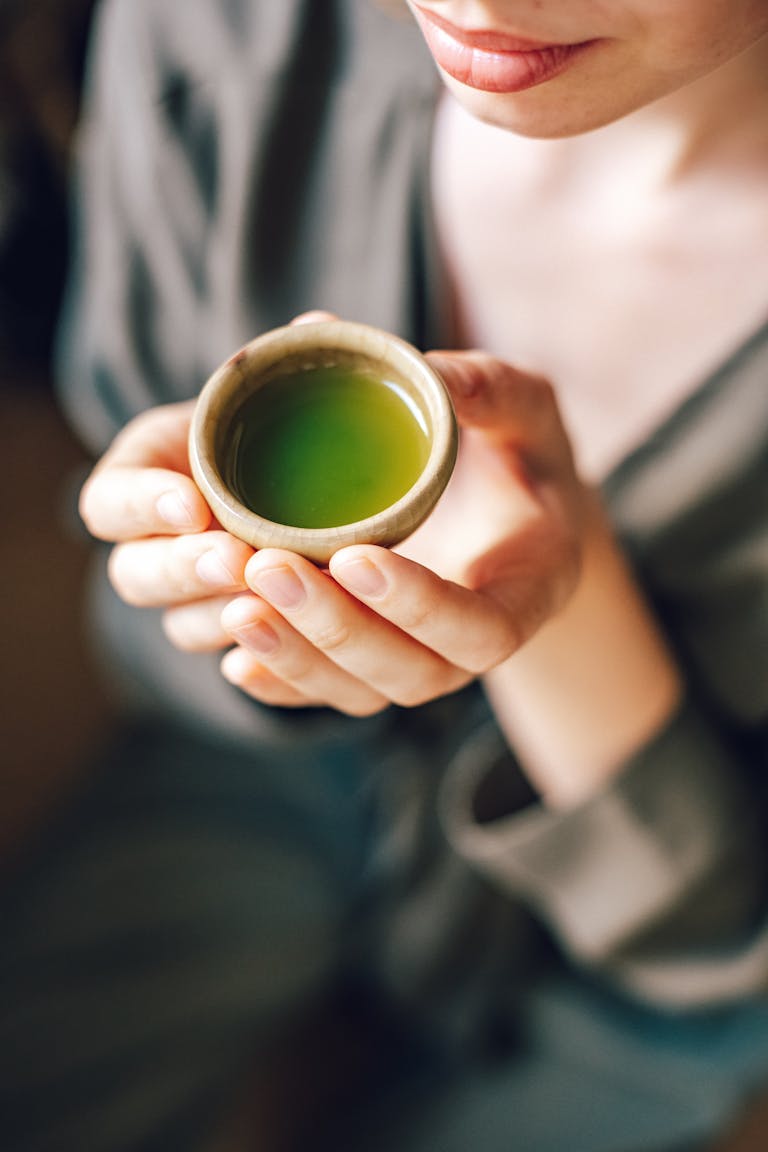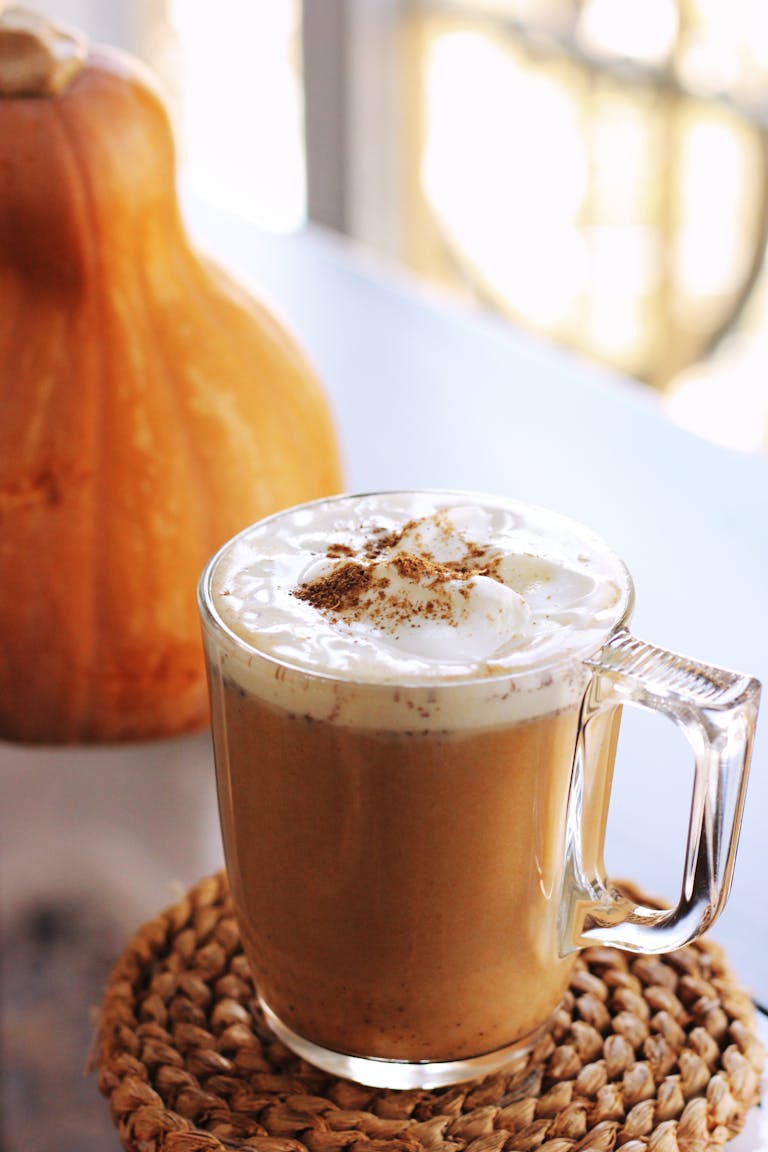Choosing The Best Matcha and How to Make It
Affiliate links may be in this post.
Matcha has exploded in popularity over the last decade, thanks to its impressive health benefits and bright green color. And of course it didn’t hurt that celebrities and wellness influencers helped turn it into a must-have drink, especially among Millennials and Gen Z. These days, it’s hard to walk past a Starbucks without craving a creamy, refreshing matcha latte!
But if you want to enjoy matcha without the cafe price tag, making it at home is the way to go. The key is choosing the best matcha powder. Keep reading to learn how to pick the best quality matcha and try four delicious recipes you can whip up in your own kitchen!
Table of Contents
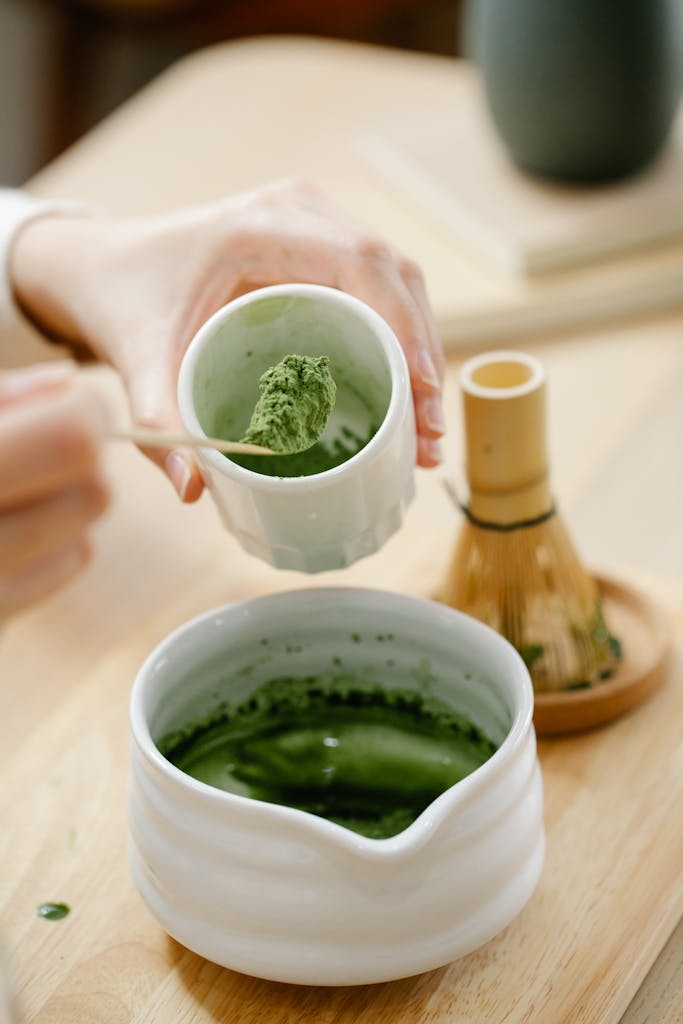
What is Matcha?
Matcha is a finely ground powder made of green tea leaves. The color is generally bright green, if you are buying ceremonial or premium grade powder. However, there are different shades of green matcha, which is why it is important to know what to look for when choosing the best matcha.
To me, matcha has a slightly bitter taste, but earthy, like taking a sip of the forest. Some say it has grassy or woodsy flavor. Others claim it has notes of seaweed, moss, or miso.
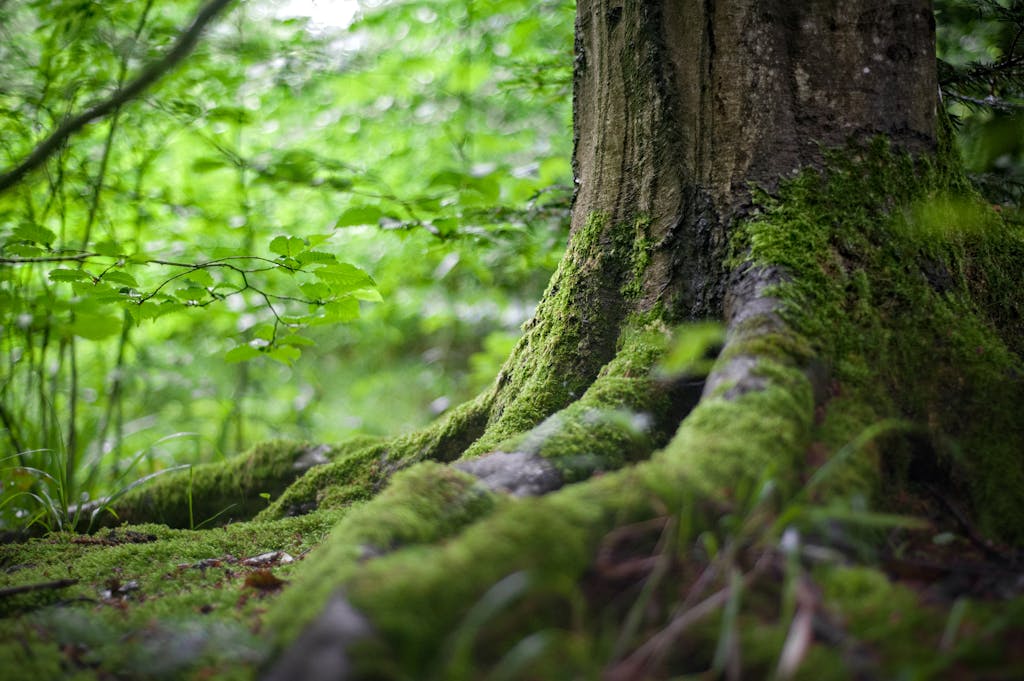
You will either love or hate the taste of it. I love it! It is refreshing and knowing all about the health benefits makes me want to add it to my daily self-care routine.
How Does it Differ from Green Tea?
Matcha does have stronger flavor and is different than green tea for three reasons:
One, tea leaves for matcha are grown in shade. Once picked, they are dried and ground to preserve the antioxidants and chlorophyll, helping to keep the bright green color. When choosing the best matcha, try to pick one with the brightest green color. Green tea is grown in full sun and the leaves are steamed or fired.
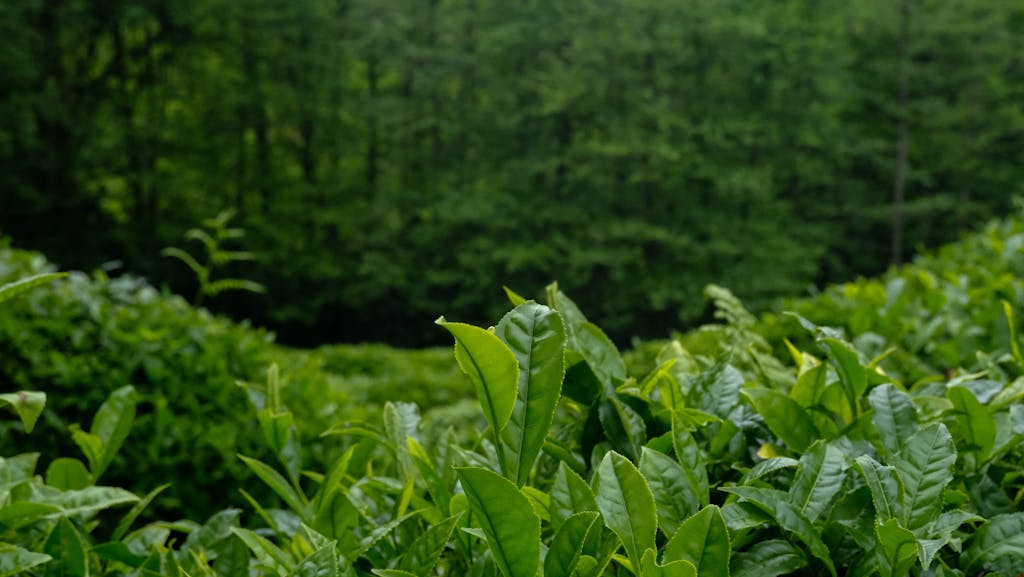
Two, all parts of the matcha leaves are ground up for consumption for more intense flavor. When you make traditional green tea with bags or loose tea and discard the leaves, the flavor is less potent and you aren’t actually consuming the plant material.
Another thing to consider when choosing the best matcha, is finding an organic farm source. Some people think the best matcha comes from a region in Japan, called Uji.
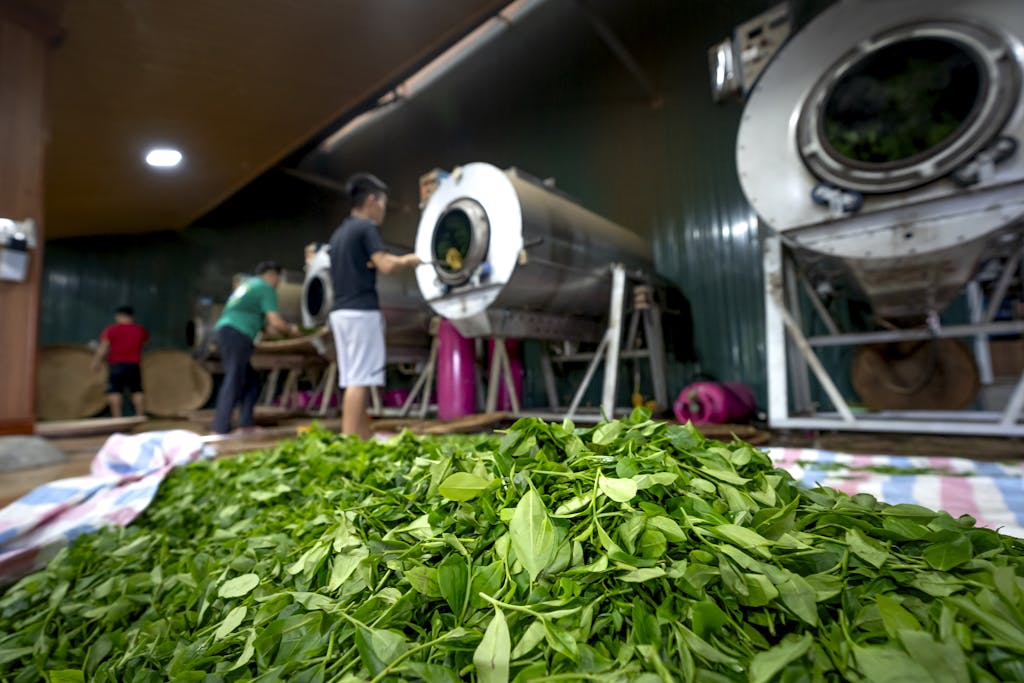
Three, you don’t use boiling water to make matcha, which knocks down the flavor and removes natural benefits. You will whisk it into warm water to make it into a frothy liquid. Then you can add it to whatever recipe you like.
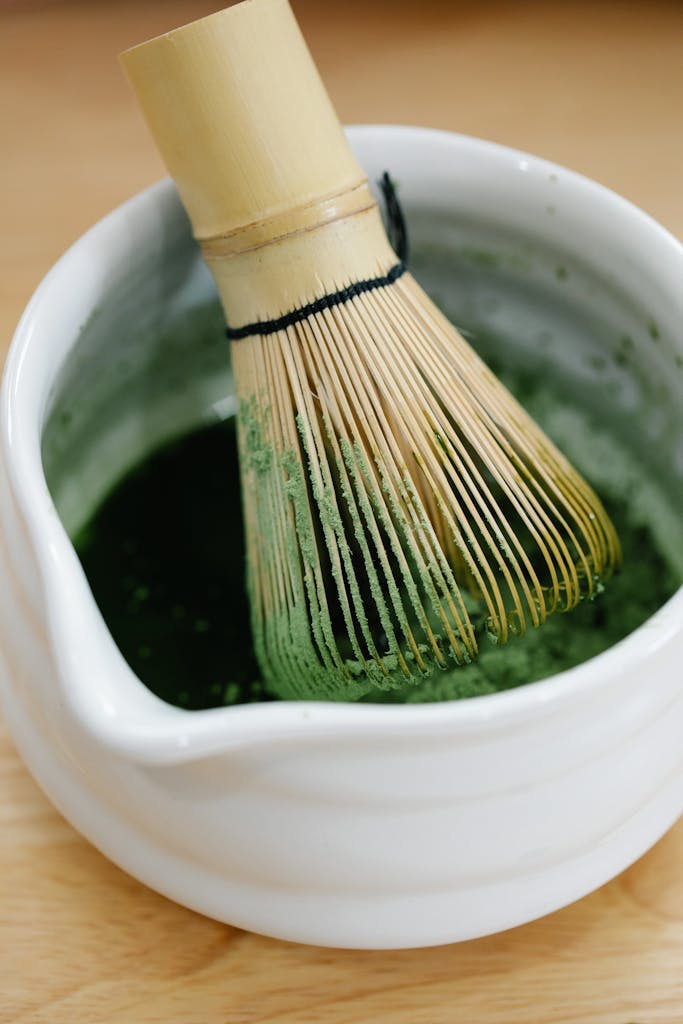
Additionally, due to this more refined process, matcha has more of the health benefits, like antioxidants and vitamins.
Choosing the Best Matcha Powder
Ceremonial vs Other Grade Matcha
With so many kinds of matcha tea, how can you spot high-quality powder and how do you know if you are choosing the best matcha?
There are four different varieties of Matcha: Ceremonial, Premium, Culinary, and Ingredient. The main differences is in where they are grown, and when they are harvested. Here are the differences:
Ceremonial:
- Ceremonial Grade matcha is the highest quality and is the best for drinking.
- Most expensive
- Vibrant green
- organic growing practices
- smooth, silky texture
- made from young leaves
- packaging and source should be Japan, specifically Uji region.
Try my favorite Matcha Ceremonial Grade listed here.
 Buy Now →
Buy Now → Read more about the history and Health Benefits of Green Tea in this other post of mine.
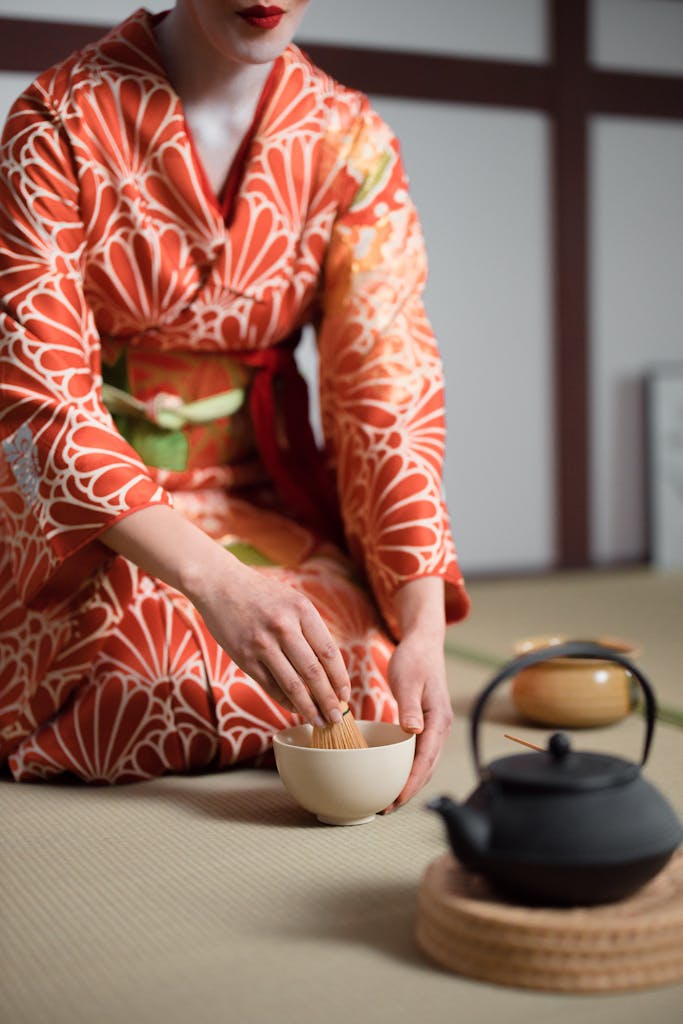
Premium & Culinary:
- Premium grade matcha is very good, but not considered the Best!
- medium prices
- vibrant green
- organic growing practices
- smooth, silky texture
- good for cooking, matcha lattes, desserts and cocktails
- less sweet
- source should be Japan
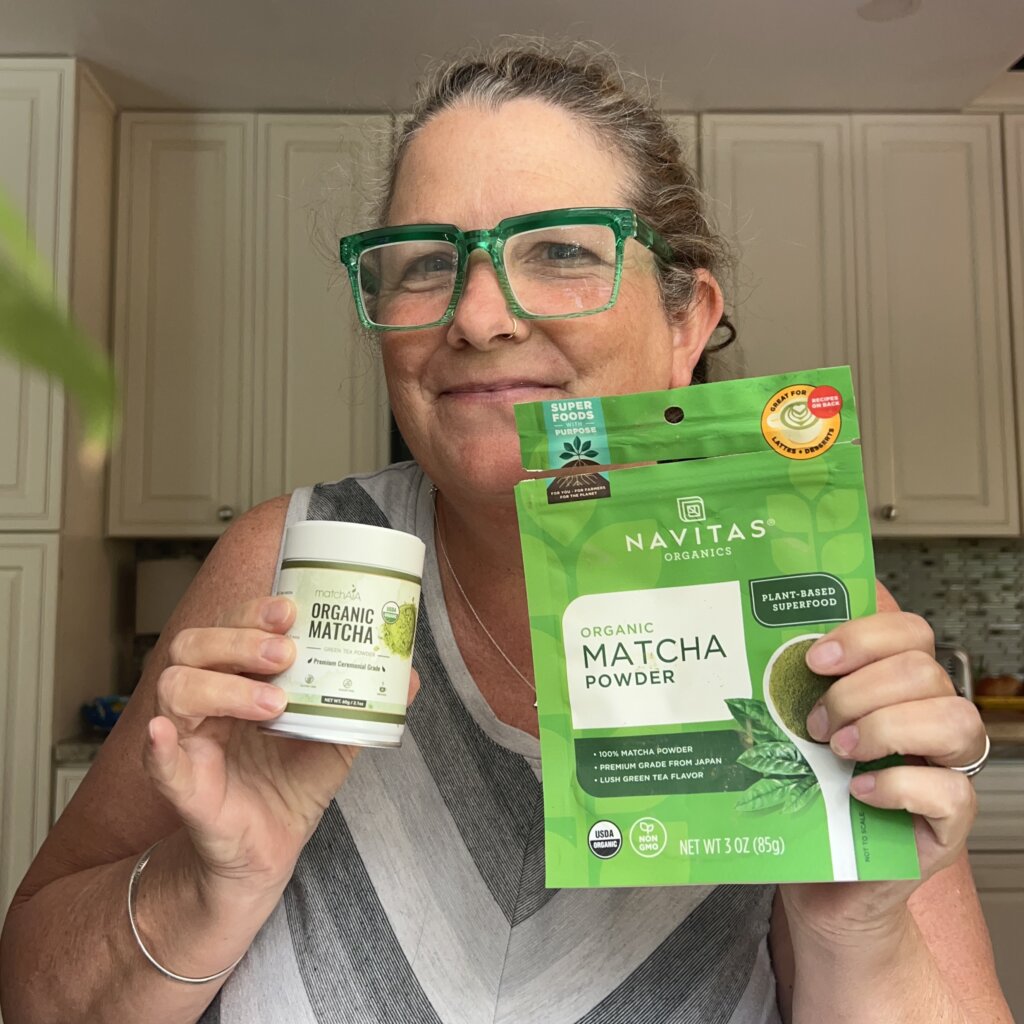
Try this Organic Culinary Grade Matcha today!
 Buy Now →
Buy Now → 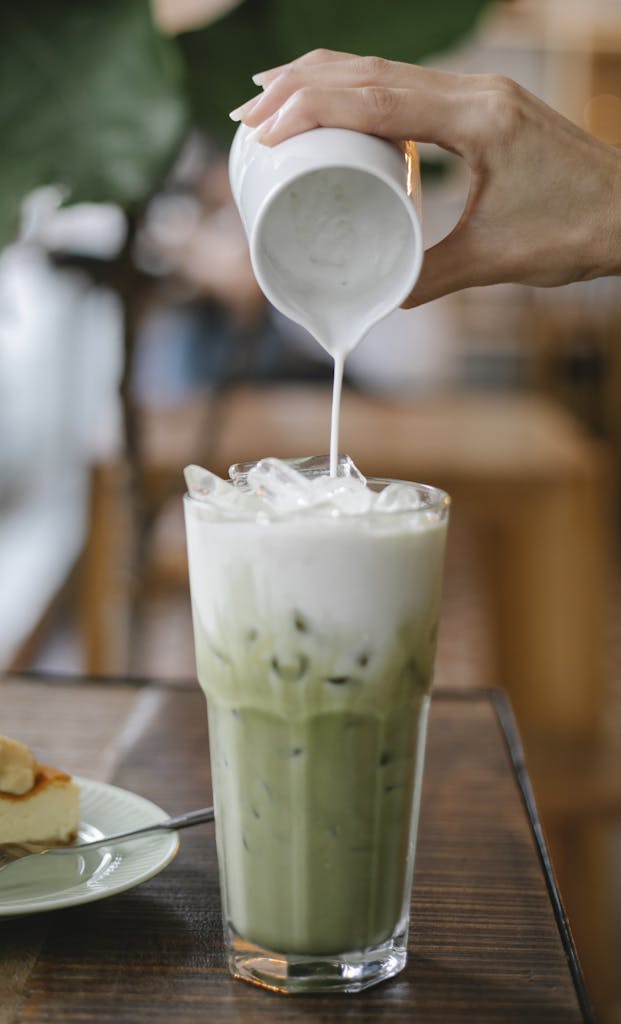
Ingredient:
- lower quality than premium
- not properly shaded when grown
- brown to yellow color
- rougher, gritty texture
- may not be organic
- made from older leaves
- still has same quality of nutrition
- Still should source from Japan or China
- perfect for cooking with
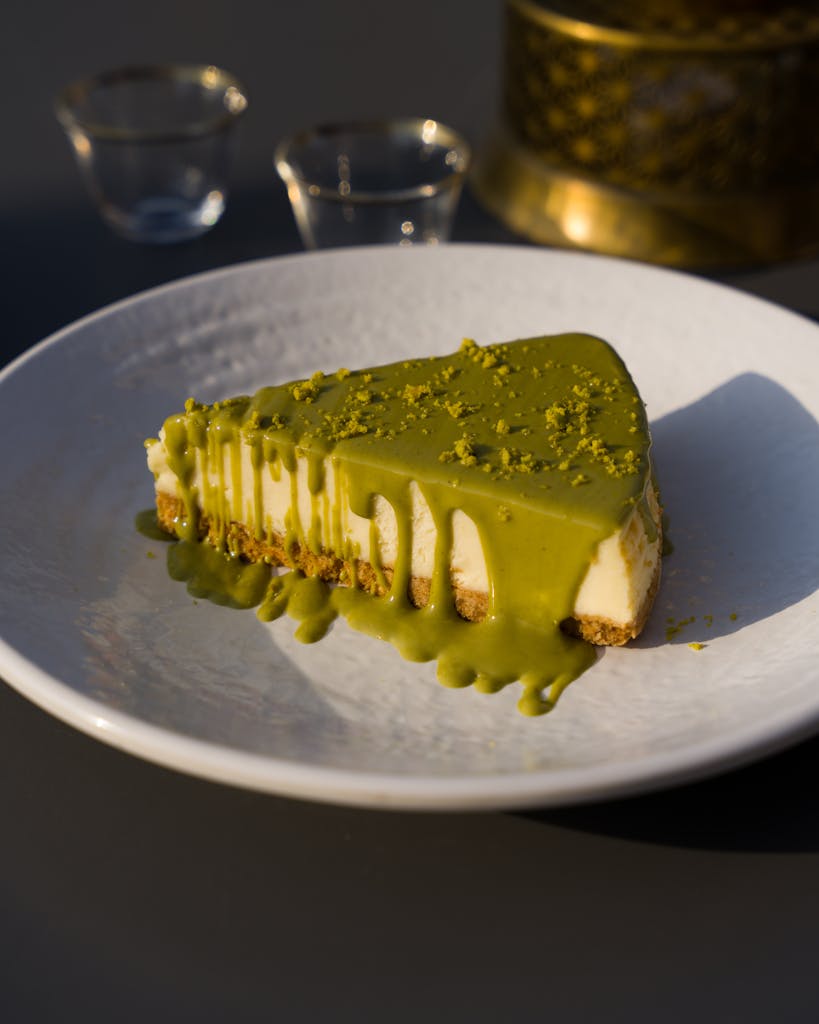
The Nutritional Powerhouse: Why Matcha Stands Out
Matcha is considered a powerhouse of nutrition due to the high amount of antioxidants and vitamins.
See this Scientific article on the therapeutic potential of matcha tea.

Reasons Matcha is preferred by many:
- Higher Antioxidant Content: Since matcha is made from the whole tea leaf, it contains significantly higher levels of antioxidants (especially EGCG) than regular green tea. One cup of matcha is said to have the same amount of antioxidants as 10 cups of regular brewed green tea.
- More Caffeine and L-Theanine: Matcha contains more caffeine than regular green tea because you’re consuming the whole leaf. However, it also has higher levels of L-theanine, which counteracts the jittery effects of caffeine, promoting calmness and focus instead of an energy crash.
- Detoxifying Properties: The chlorophyll content in matcha helps detoxify the body by binding to heavy metals and harmful chemicals, making it easier for the body to expel them.
- Enhanced Mental Clarity and Focus: The combination of caffeine and L-theanine in matcha creates a calm yet alert state of mind, making it popular for meditation, study sessions, or work.
- Rich in Vitamins and Minerals: (Vitamin A, B, C, E, K )
- Boosts metabolism & supports weight management.
- Gut Health: Plus, it can help with supporting digestion by promoting good gut bacteria, has fiber, and is more gentle on the stomach than coffee.
- Enhances skin health : (anti-inflammatory properties, acne support).
- May improve heart health: by lowering bad cholesterol.
- Supports brain function & memory (neuroprotective effects).
The hype around matcha can be attributed to its powerful health benefits, unique preparation method, and versatility. Matcha can be consumed in various forms—matcha lattes, smoothies, or even baked goods—making it a popular choice for wellness enthusiasts and foodies alike. If you are thinking about drinking it but are concerned about Who Should Avoid Green Tea, then read this post on Health Benefits of Green Tea
How To Make Matcha
My first memory of matcha green tea is when I was seven years old. My parents enrolled me in a yoga program, where we sipped ceremonial green tea before class. Not only did the flavor stick with me, but to this day, the memories of the relaxed and energized feelings from this practice can put me into a state of wellbeing.
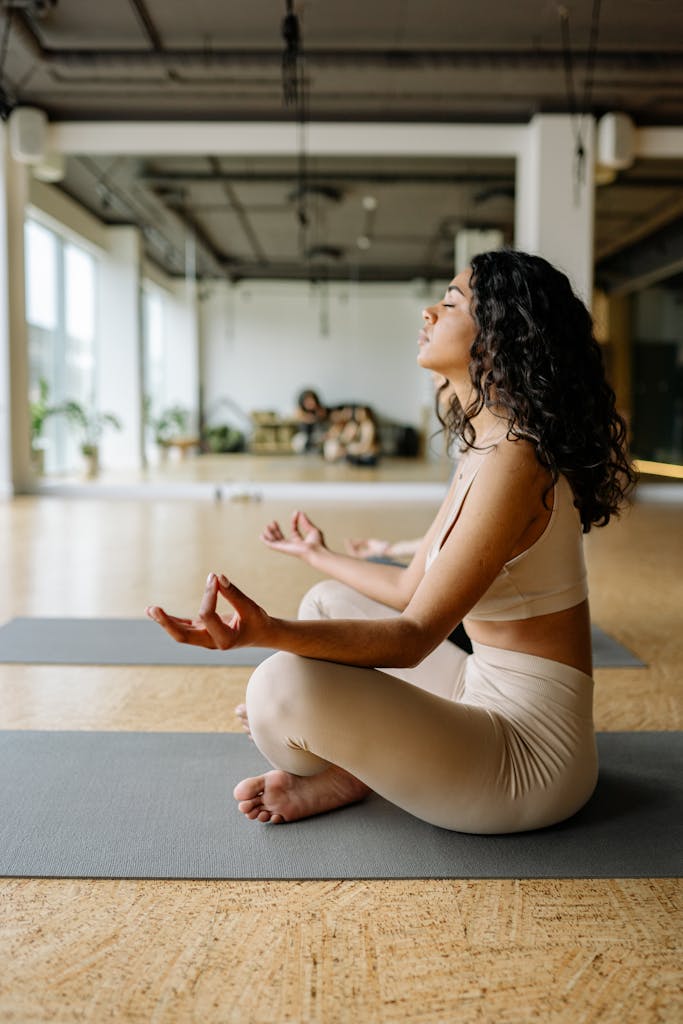
Fast forward to my adult years.
Yoga and sipping green tea? Ha! It became a thing of the past, buried under loads of laundry, work, and raising children.
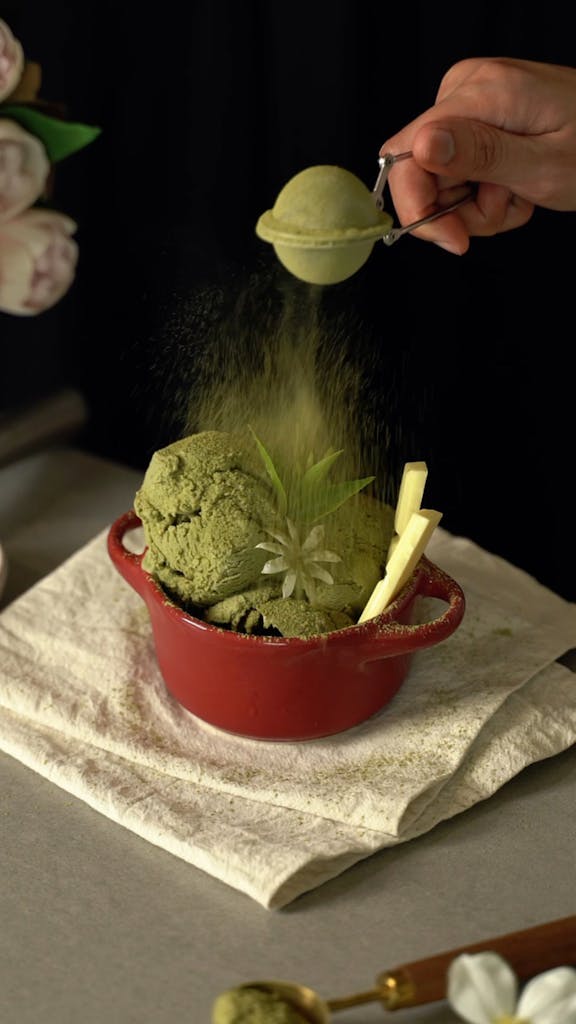
However, I became reintroduced to it while working as a caregiver to an elderly man, who enjoyed dining out at sushi restaurants.
As part of his routine, we would order green tea ice cream after dinner. Matcha was dusted over the ice cream, and with this presentation, all the calming sensations came back to me. This was a highlight of the job for sure, and I remembered how much I liked it.
So I decided to learn how to make matcha drinks and other recipes, bringing the health benefits back into my world.
Now I prefer matcha lattes over cappuccinos. Due to the L-Theanine, I feel the energy and brain focus lasts longer. Plus, an added bonus, is the much needed gut health improvement.
See some of my favorite recipes below for incorporating matcha into your diet.
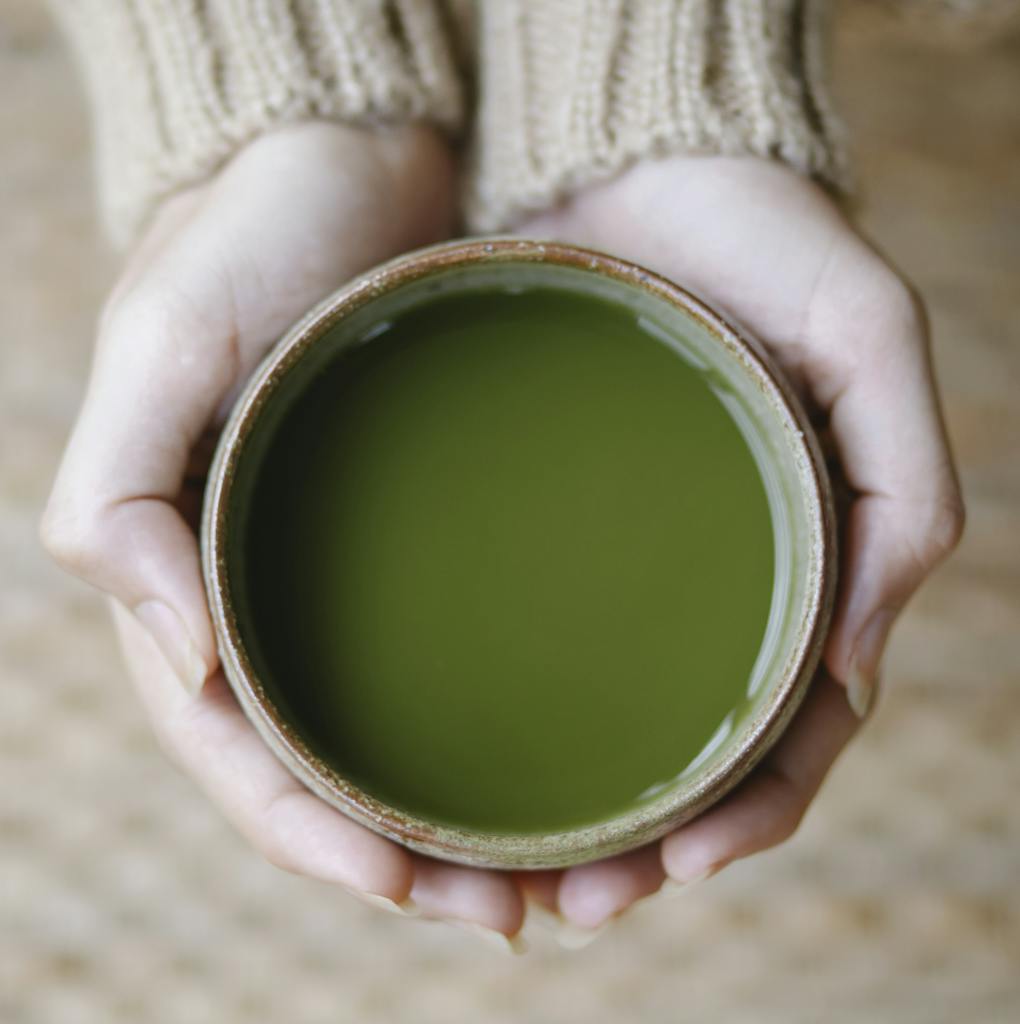
Enjoy it Hot (traditional matcha tea)
Simply mix 1-3 grams, or 1/2-2 teaspoons of matcha powder with hot water for an intense green tea drink!
Add sweetener to taste.
Experiment with amounts, as everyone’s taste buds will be different.
Make sure you sift the powder to work out any clumps, before adding water. See below for the perfect matcha bowl set with all the tools.
 Buy Now →
Buy Now → The Perfect Matcha Latte (with Pistachio Foam)
Once I decided to add matcha to my health routine, I knew I had to master making matcha latte. Iced matcha with creamy, sweet foam is my preferred way to drink it.
Plain, hot matcha tea is good, but I like to make it creamier, as a sweet treat.
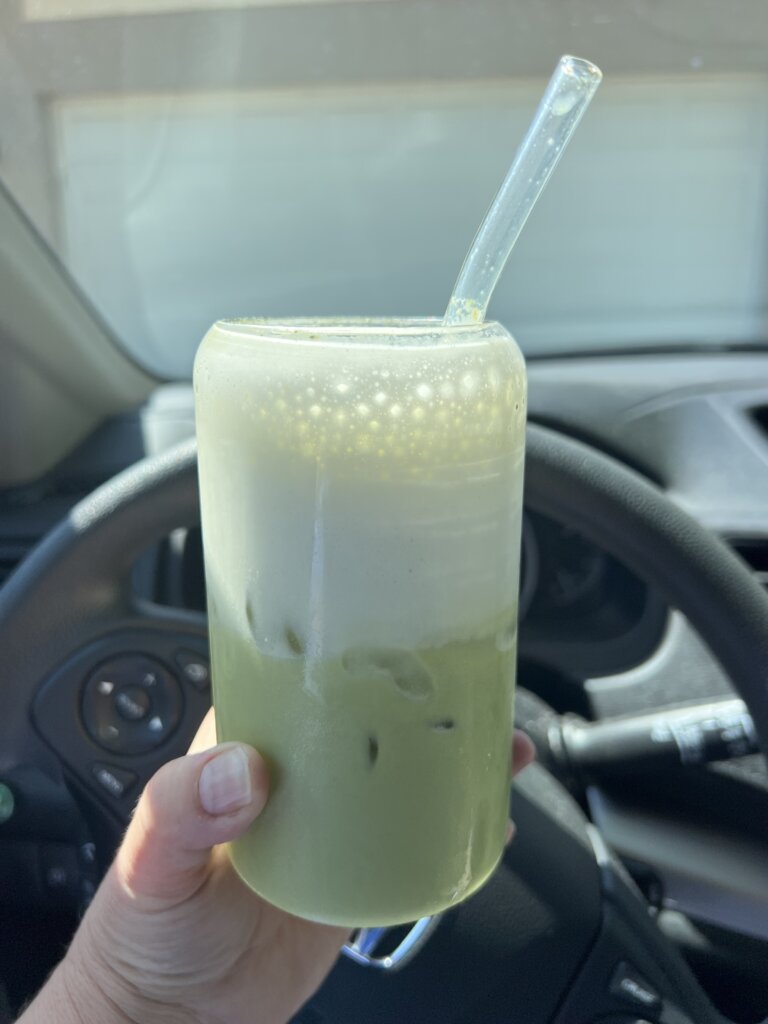
Start with choosing the best matcha you can afford. Next, it’s important to have the right tools to make it as authentic as possible. I found this beautiful boxed Japanese Matcha Set that has all the supplies to make the perfect matcha drinks.
See what come in the box with my unboxing video.
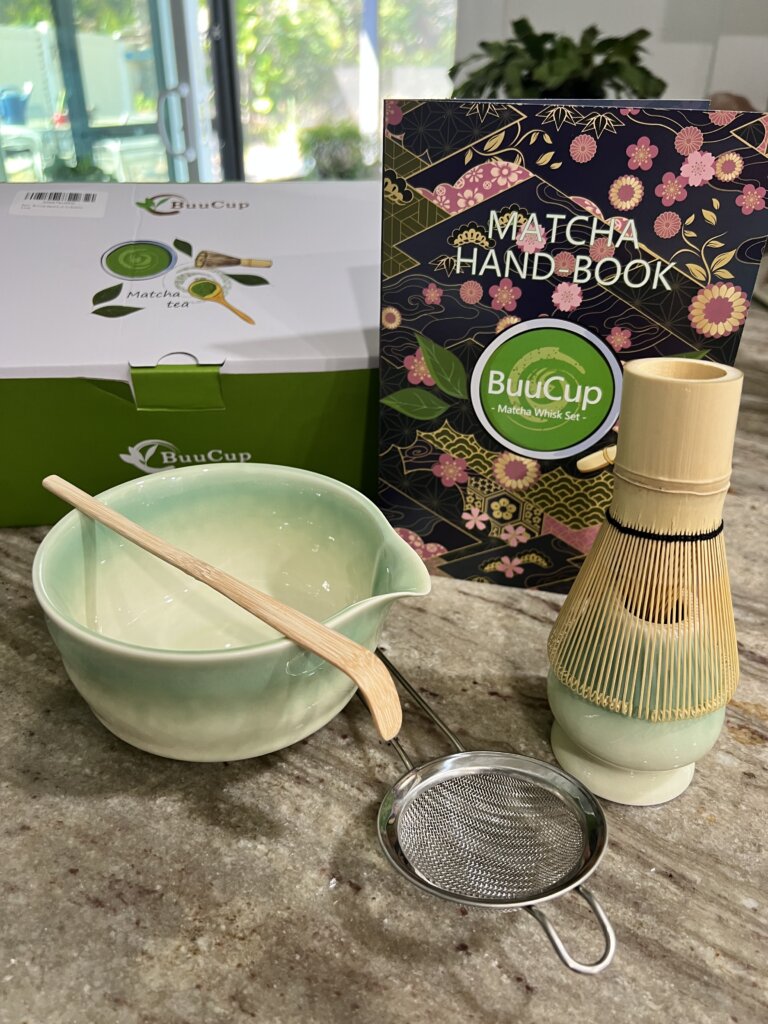
Here is my recipe for the perfect matcha, in my opinion! I have included my homemade pistachio syrup in the recipe.
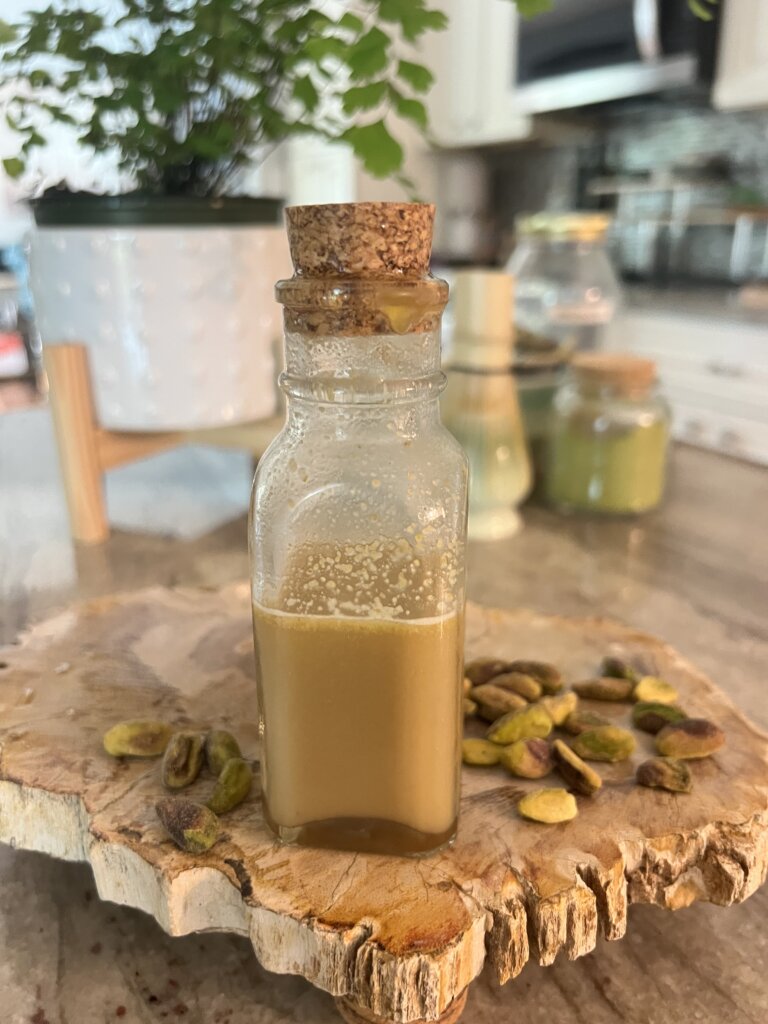
Matcha Latte with Pistachio Foam
Equipment
- 1 Whisk Milk Frother
- 1 Matcha Bowl Set
Ingredients
- 3 grams matcha green tea powder
- 6-8 oz milk may use dairy alternative
- 1 tsp pistachio syrup for the foam
- 1 tsp Agave syrup or any sweetener of choice
- 2 tbsp hot water not boiling
- 5 cubes ice
- 1/2 cup half n half cream may use milk alternative
- 1 Pinch ground nutmeg
- 1/2 tsp vanilla bean paste or to taste
Pistachio Syrup
- 1/2 cup shelled pistachios
- 1 cup sugar
- 1 cup water
Instructions
- Measure the matcha powder and sift over the mixing bowl
- Add hot water
- Whisk briskly in a zig zag motion until matcha is foamy, 3 mins
- Add agave sweetener to the whisked matcha
- add vanilla bean paste
- add ice and milk to a glass
- pour matcha over iced milk
- Froth the pistachio syrup with half n half until it is a thick foam
- Pour on top of milk and matcha
- sprinkle a pinch of nutmeg on top
Pistachio Syrup
- toast pistachios in a dry pan for 2 minutes
- add water and sugar and boil
- reduce heat and simmer until thickened
- strain to remove the nuts into a small jar
Conclusion
Choosing the best matcha should be easier now with this breakdown of the different types and the powerhouse of health benefits. Whether you enjoy it in a traditional tea, a creamy latte, or a delicious dessert, matcha offers a unique way to boost energy, focus, and overall well-being.
If you haven’t tried matcha yet, now’s the perfect time to experiment! Start with a high-quality powder, find your favorite preparation method, and enjoy the ritual of making it at home. What’s your favorite way to drink matcha? Let me know in the comments!

